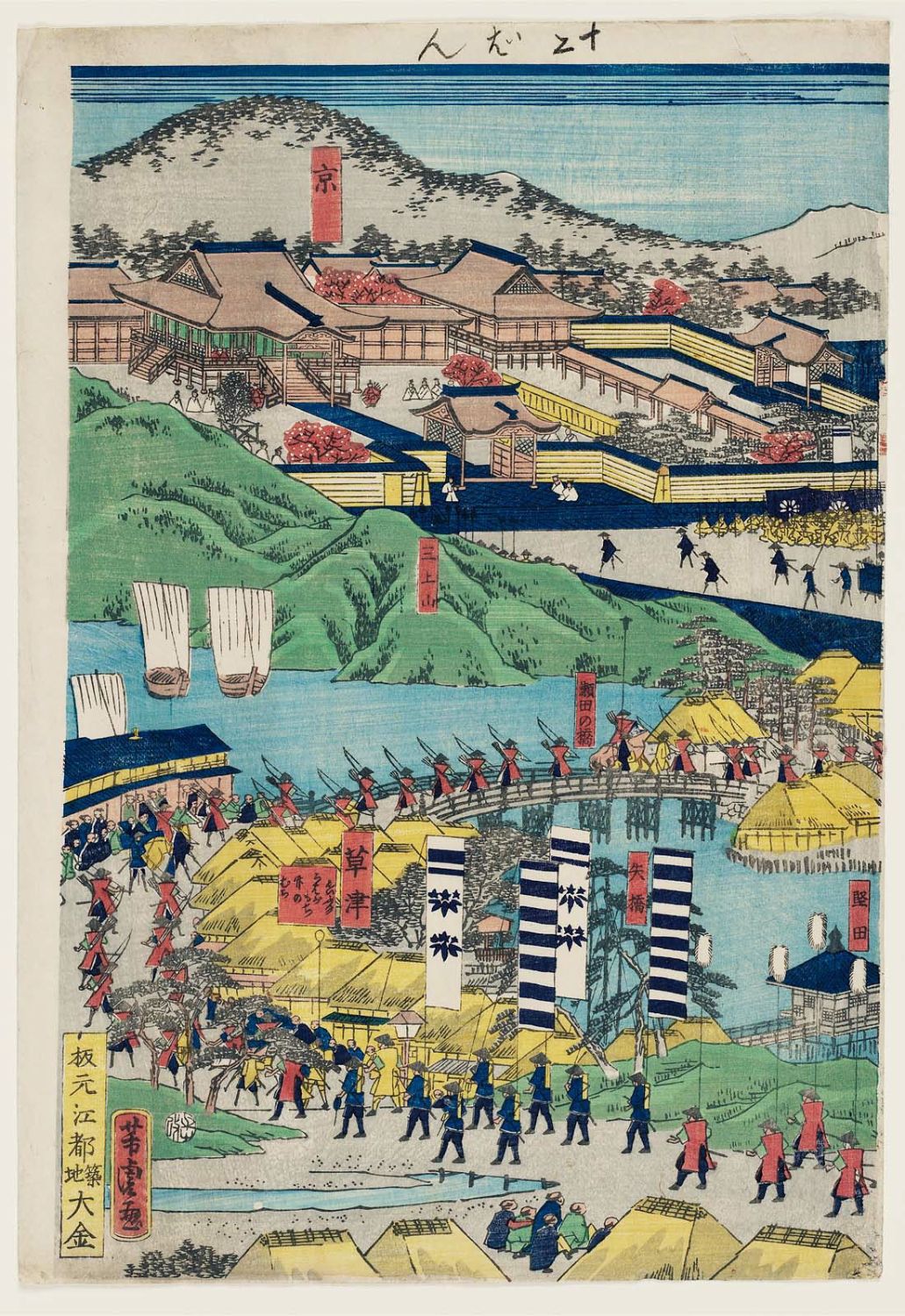

Traganou notes that there had been various incidents that ordinary women had been caught with shaved heads just so they would be given the chance to travel freely. Men were most common along the route, as women were not permitted to travel alone and the Tokugawa government restricted them. Most of the people who travelled along the route, travelled by foot and only those of the high class travelled by palanquin. They had stables for horses, lodging, food and other things for visitors to do. A good way to think of what the 53 stops along the route are, locations in which travellers could rest and restock their supplies.

Throughout the route were also checkpoints that travellers needed to show their travel permits for in order to continue their journey. These 53 stops were used by the government monitor trade and collect taxes. With 53 stops, this was thought to be the fastest route between the capitals. It connected the imperial capital of Edo to the political capital of Kyoto. The Tōkaidō Road was an essential part of the Tokugawa period.


 0 kommentar(er)
0 kommentar(er)
